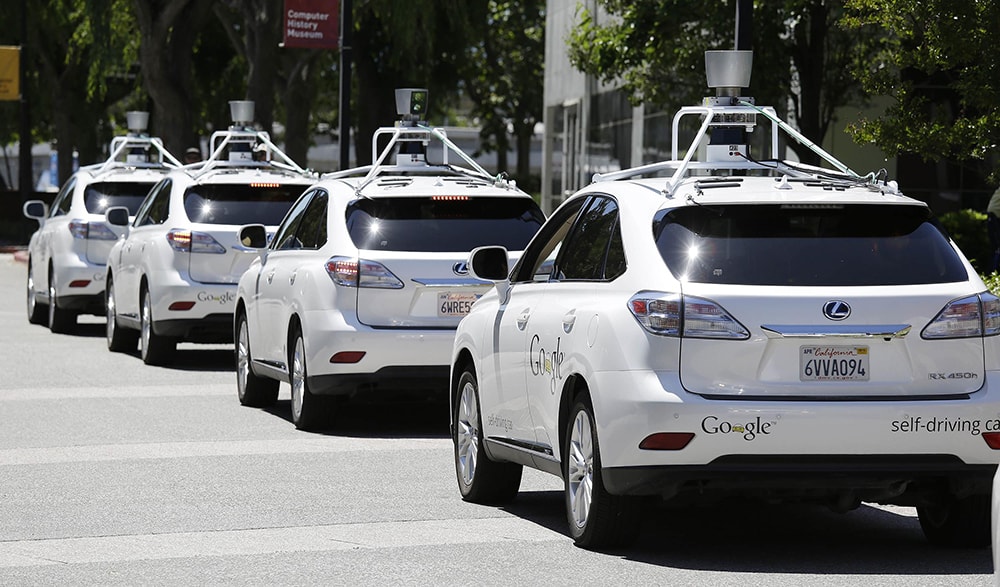
Self-Driving Cars: A Huge Leap Forward
As someone who likes to keep up with today’s ever-growing and ever-changing world of technology, I giggle like a little girl every time a new piece of information about a new technology arises on my daily stream of online content. Today’s awesome bit of news on an exciting and innovative technology of recent years comes from the self-driving cars saga. The “Self-Driving Coalition for Safer Streets” was formed — a lobby group that will work with lawmakers and the public to realise that self-driving car technology has safety and societal benefits and needs less regulation to thrive, according to Reuters.
The only interesting thing is not the lobby group itself, but the lobbyists; tech giant Google, ride-sharing rivals Uber and Lyft, as well as Ford and Volvo.
The new lobby has recruited the expertise of David Strickland, former head of the US National Highway Traffic Safety Administration (NHTSA). The NHTSA has been largely welcoming of self-driving car technology and is currently writing federal regulations that pave the way for greater use of driverless cars on public streets. They’re also considering the laws of each US state and avoiding anything that could hinder the progression of self-driving cars becoming available anytime soon.
Google deals the biggest hand
Anyone would know that, like most innovative technologies nowadays (robotics, Google Glass, Google Fiber), Google is playing a big part in the story and wants to make self-driving vehicles a thing of the present, rather than of the future. But this leads us to our problem preventing self-driving cars to being available right now — politicians. Although the NHTSA is doing the most they can, the big five still need to steer political decision. The faces in front of and decision-makers behind the many rules and legislations we have today, are once again in need of persuasion, as Google was recently dealt a setback in California, when the state embraced autonomous cars but with many limitations, such as, the car requires a steering wheel, the driver needs to be alert at all times and must hold a driver’s’ license, and some others.
Why would Uber and Lyft be involved?
One interesting yet confusing thing is that the two ride-sharing rivals Uber and Lyft are involved in the coalition, although they have been interested in self-driving cars for a while now — with Uber looking to rid itself of labour issues and make a hell of a lot more money by automating its fleet. This is interesting because it would just downright be awesome for anyone to catch a self-driving or even driverless car to a specified destination, and enjoy the ride, rather than worry for your life because this guy is a crazy-fast driver! Yet this is confusing, because if Uber and Lyft drivers don’t have to drive the vehicles, what are they there for? And if they’re laid off due to the introduction of driverless cars, what will happen to all those drivers? Will they just recruit and dump a huge workforce in the course of 7 years? Who will take care of the cars? What happens if they’re damaged/mistreated?
Conclusion
Self-driving cars have massive potential to be implemented globally and seem to be closer to the present than what we think. The only thing to do now is to monitor this Self-Driving Coalition for Safer Streets and see what comes of it, because if the US sees autonomous vehicles in the next 5 years, Australia and many following countries will not be far off.
